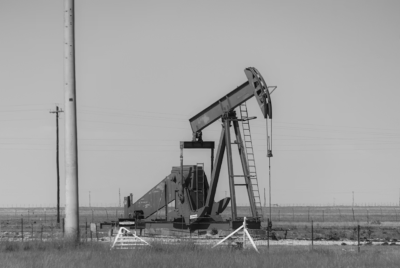World, U.S. stocks suffer 2022 losses while dollar triumphs
World stocks were steady and U.S. stock index futures indicated a lower open on Wall Street on the last trading day of 2022, but equities are on course for a 20% drop over a year marred by high inflation and war in Europe.

World stocks were steady and U.S. stock index futures indicated a lower open on Wall Street on the last trading day of 2022, but equities are on course for a 20% drop over a year marred by high inflation and war in Europe.
The dollar, a beneficiary of rising U.S. interest rates, was on track for its best annual performance in seven years.
The Federal Reserve and other central banks have been raising rates to fight inflation in the face of supply chain issues and an energy crisis due to the COVID-19 pandemic and oil producer Russia's invasion of Ukraine.
"This has been very much a Fed-driven equity market throughout the year," said David Bizer, managing partner at investment manager Global Customized Wealth.
"The market has been trying to anticipate when the Fed is going to hike, how fast and how far."
S&P 500 futures weakened 0.3% after U.S. stocks jumped 1-2.5% on Thursday, buoyed by data showing rising U.S. jobless claims.
The data suggested Fed hikes might be starting to cool demand for labour. Markets anticipate the fed funds rate peaking near 5% in the middle of next year, from the current 4.25-4.5%.
The Fed has raised rates by a total 425 basis points since March.
The Dow Jones index is heading for an 8.5% drop on the year, while the S&P 500 is eyeing a 19% fall.
European stocks fell 0.6% as surging COVID-19 cases in China stoked concerns over global economic growth, and were on course for their worst annual performance since 2018.
Britain's FTSE 100, which houses several exporters, was down 0.4% but was bound for a 1.5% rise in 2022.
MSCI's world equity index was heading for a 20% fall, its largest annual drop since the global financial crisis of 2008, when it slid more than 40%.
MSCI's broadest index of Asia-Pacific shares outside Japan rose 0.5%, but is set to end the year down 19%, its worst performance since 2008.
Japan's Nikkei was unchanged on the day, down 11% on the year.
China's blue-chip CSI 300 Index was up 0.4% on the day but down 22% on the year, while Hong Kong's Hang Seng Index rose 0.2% on the day but fell 16% in 2022.
Chinese leaders have pledged to step up policy adjustments to cushion the impact on businesses and consumers from a surge in COVID-19 infections.
China's health system has been under stress due to soaring cases since the country started dismantling its "zero-COVID" policy at the start of the month, with Spain and Malaysia on Friday joining countries imposing or considering imposing curbs on travellers from China.
The dollar index, which measures the greenback against six major currencies, fell 0.4% to a two-week low.
The dollar has gained more than 8% over the year, but it lost more than 7% this quarter on expectations the Fed may not raise rates as high as previously feared.
Sterling was set for its worst performance against the dollar since 2016, when Britain voted to leave the European Union. It was last at $1.2052, unchanged on the day but down 11% on the year.
The Japanese yen strengthened by around 1% to a 10-day high of 131.57 per dollar, but for 2022, the Bank of Japan's ultra-dovish policy has pushed it to its worst performance since 2013.
The euro gained 0.15% to $1.0677, but was eyeing a 6% fall on the year.
Investors are worried that central banks' efforts to tame inflation could lead to an economic slowdown.
"Recession, inflation, stagflation will likely dominate headlines next year," said Ipek Ozkardeskaya, senior analyst at Swissquote Bank.
Going into 2023, investors will also be wary of geo-political tensions arising from the war in Ukraine and diplomatic strains over Taiwan, analysts said.
U.S. Treasuries and German bonds, the benchmarks of global borrowing markets, lost 16% and 24% respectively in dollar terms this year as rates rose.
Ten-year U.S. Treasury yields gained 2 basis point to 3.85% on Friday.
Ten-year German Bund yields rose 4 bps to 2.51% and two-year yields hit their highest since 2008 after data showing Spanish core inflation rose in December.
U.S. crude fell 0.13% to $78.36 per barrel and Brent was flat at $83.49.
Brent looked set to end the year with a gain of 7%, after jumping 50.2% in 2021. U.S. crude was on track for a 4.1% rise in 2022, following a 55% gain last year. [O/R]
Spot gold rose 0.25% to $1,819 per ounce, though the non-yielding commodity was heading for a 0.5% fall on the year.
(Editing by Simon Cameron-Moore, Sam Holmes, Philippa Fletcher and Chizu Nomiyama)
Copyright Thomson Reuters. All rights reserved.

















